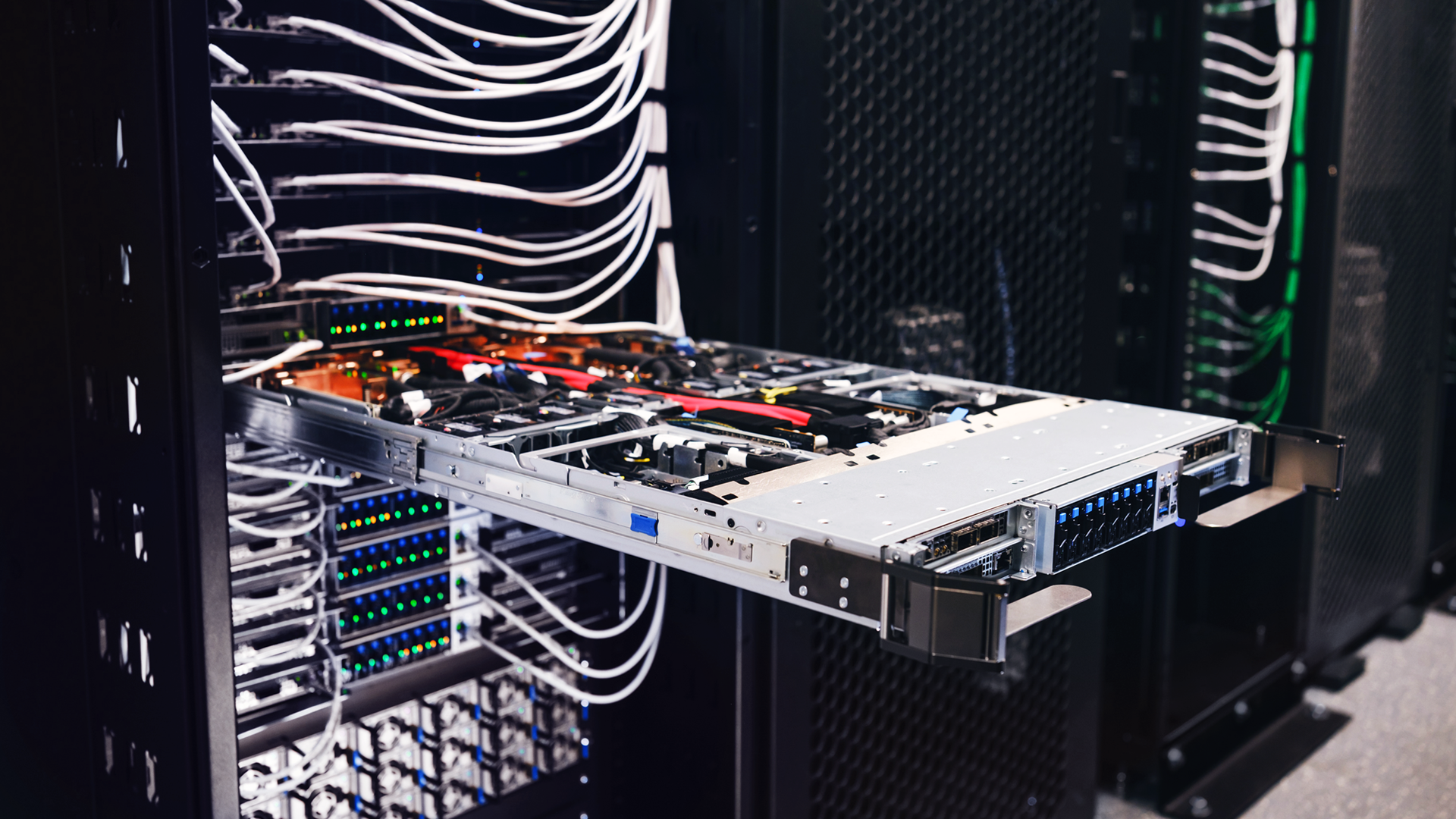Edge Computing Infrastructure Requirements

Edge computing brings compute and storage closer to where data is generated—whether on the factory floor, inside a retail store, or at a telecom tower. This proximity reduces latency and enables faster decision-making. However, deploying edge infrastructure presents unique operational, environmental, and logistical challenges that require specialized approaches to structured cabling and connectivity.
What Is Edge Computing?
Edge computing decentralizes IT infrastructure by placing computing resources closer to users and endpoints. This distributed approach reduces data transit times, supports real-time applications like computer vision or robotics, and offloads traffic from centralized data centers. It's increasingly critical for industries leveraging IoT, 5G networks, and AI-driven applications.
Key Edge Computing Benefits
- Reduced latency for real-time applications
- Improved bandwidth efficiency
- Enhanced data privacy and security
- Reduced dependency on cloud connectivity
- Support for autonomous operations
Top Infrastructure Challenges
1. Constrained Physical Footprints
Edge locations often lack the space luxury of traditional data centers, demanding innovative approaches to infrastructure design:
- Compact enclosures: Wall-mounted or small rack-mounted solutions
- Pre-terminated solutions: Factory-terminated fiber and copper kits to reduce field work
- High-density connectivity: MTP/MPO cassettes and modular patch panels
- Intelligent labeling: Clear identification schemes for rapid troubleshooting
- Vertical space utilization: Efficient use of limited rack units
2. Challenging Environmental Conditions
Edge deployments often face harsh conditions that traditional data centers never encounter:
- Temperature extremes: Components must operate in wider temperature ranges
- Moisture and dust: IP-rated enclosures and sealed connectivity solutions
- Vibration resistance: Ruggedized cabling for industrial environments
- Limited climate control: Passive cooling and efficient airflow management
- Power constraints: Low-power components and efficient power distribution
3. Remote and Unattended Operations
Most edge locations lack on-site technical staff, requiring infrastructure that can operate autonomously:
- Self-documenting systems: Color-coded cables and comprehensive labeling
- Remote monitoring: DCIM integration for asset tracking and environmental alerts
- Standardized layouts: Consistent designs for predictable service procedures
- Secure access: Physical and logical security controls
- Fault tolerance: Redundant paths and automatic failover capabilities
Best Practices for Edge Infrastructure
Design for Modularity and Scalability
Edge infrastructure must be designed for rapid deployment and future expansion:
- Use pre-engineered structured cabling kits based on standardized site specifications
- Build repeatable node layouts that can be rapidly deployed across multiple locations
- Include labeled service loops for re-termination and future moves
- Minimize field terminations—focus on plug-and-play connections
- Design for horizontal and vertical scalability within space constraints
Optimize Logistics and Deployment
Efficient logistics are crucial for successful edge deployments across multiple sites:
- Ship materials in site-specific kits organized by rack or cabinet
- Include comprehensive documentation: rack diagrams, patch schedules, and BOMs
- Coordinate just-in-time delivery aligned with installation teams
- Pre-validate component compatibility with digital twin modeling
- Provide remote support capabilities for installation teams
Implement Robust Monitoring and Management
Edge sites require comprehensive monitoring due to their unattended nature:
- Environmental monitoring: Temperature, humidity, and power quality sensors
- Asset tracking: RFID or barcode systems for inventory management
- Performance monitoring: Network and application performance metrics
- Security monitoring: Physical and cyber security event tracking
- Predictive maintenance: AI-driven analysis for proactive issue resolution
Technology Considerations
Connectivity Solutions
Edge environments require flexible, high-performance connectivity:
- Fiber optic systems: Single-mode for long-distance backhaul, multimode for local connections
- High-speed copper: Cat6A or Cat8 for short-distance, high-bandwidth applications
- Wireless integration: 5G and Wi-Fi 6/7 for mobile and IoT connectivity
- Power over Ethernet: PoE++ for powering edge devices and sensors
Power and Cooling
Edge sites often have limited power and cooling resources:
- Efficient power distribution: Smart PDUs with monitoring and control capabilities
- Backup power systems: UPS and generator systems sized for edge loads
- Passive cooling: Heat exchangers and natural convection systems
- Liquid cooling: For high-density compute applications
Success Metrics
Successful edge deployments typically achieve:
- 50% reduction in deployment time through standardization
- 90% reduction in on-site technical visits
- 99.9% uptime through redundant design
- 30% lower total cost of ownership
Future-Ready Edge Infrastructure
As edge adoption accelerates, infrastructure must evolve to support emerging technologies. Fiber counts will increase to support higher bandwidth applications. Power and signal paths will converge through advanced PoE standards. AI and analytics at the edge will require fault-tolerant, high-performance connectivity solutions.
The key to successful edge infrastructure is balancing performance, reliability, and cost-effectiveness while maintaining the flexibility to adapt to changing requirements. This requires careful planning, standardized approaches, and partnerships with experienced infrastructure providers.
At Wave2Wave.io, we enable this evolution with smart, scalable, and high-performance cabling systems validated against your digital models. Our edge-optimized solutions help organizations deploy reliable, maintainable infrastructure that supports current needs while preparing for future growth.
Planning an Edge Computing Deployment?
Our edge infrastructure specialists can help you design solutions that meet the unique challenges of edge computing—from rugged cabling to pre-labeled kits and remote monitoring systems.
Get Expert Consultation